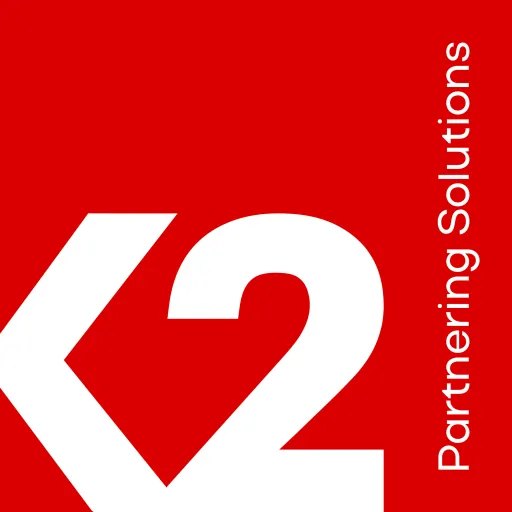By Harry Ho
Mobile CEM
Visibility is one of my favorite words in business. It seems to be such a simple word that provides layers of meaning and depth. In the past, I have talked about how the IBM Mobile Foundation helps build visibility when it comes to your mobile enterprise. I’ve said that knowing your options is important in software and technology adoption. Sometimes, just knowing there is an option makes the biggest difference. In mobility, there are more aspects then MDM and MAM to consider for mobile strategies. For any business that may reach not only to their employees, but also its customers, customer experience management (CEM) is important.
Customer experience management is pertinent for producing consistent conversion, customer satisfaction, and maintaining retention rates. Mobile devices have changed the way we present our products and services to clients. Conversely, users now approach their experiences with companies with a new set of expectations and perceptions. Be it a customer or employee, the end-user craves for quick-access an applications that provide them fluid functionality. However, due to fragmentation of mobile devices, it is hard to build a consistent application or site to work properly in every case. This is where CEM comes in.
Usability is the equivalent of the service customers get at a brick and mortar store. Being able to check out and finish a transaction with ease leaves a user content. If there are any hitches in the process, it breeds doubt and frustration. This leads to abandonment. Abandonment leads to lost sales and customers/users. How do you manage a user experience? Find the problem. Fix it.
It isn’t so easy to just find problems and fix them. You need tools to do this and customer interaction. Simple surveys aren’t always enough though. There are many solutions out there like CEM4Mobile and ClearAction. However, there is one in particular I like — TeaLeaf. Although Tealeaf was recently acquired by IBM in June 2012. However, I am not just writnig this because it is an IBM company now. TeaLeaf has a substantial customer base to include Best Buy, Expedia, Dell, Orbitz, US Airwarys, Walmart, and many more. According to their website, Tealeaf’s CEM is used by 30% of Fortune 100 companies.
Why I like Tealeaf.

When I was talking about visibility, I was thinking of Tealeaf. Aside from being one of the top CEM providers, they have integrated solutions for mobile environments. Tealeaf’s platform provides tools beyond traditional ones like simple device and usage analytics. Tealeaf provisions my favorite aspect of CEM that I’ve coined as CEManaging (CEM’ing). CEM’ing isn’t just managing customer experience by surveys, general behavior analysis, and post action analytics. It dives deeper into the customer interaction and manages the actual experience. Tealeaf utilizes a customer experience playback in which you can actually check out what specific users have done. The playback shows what the user clicks and sees on say a web page or application, be it an error or “thank you” message. You’ll be able to experience what the user has and derive the proper strategy to fix problems. This is visibility at its best. Why settle for decrypting a user’s complaint message when you can view the source.
CEManaging is believing. Being able to step into the customer’s experience provides a very clear path to take. This helps a company add new features, fix old ones, or remove ones that don’t. Mobile channels are expected to run more simply then desktop versions. When something simple doesn’t work, it can frustrate a user more then the desktop variant. CEM’ing is a root-based principal as opposed to perspective based. This is how you build visibility.
For more information visit http://www.tealeaf.com/



